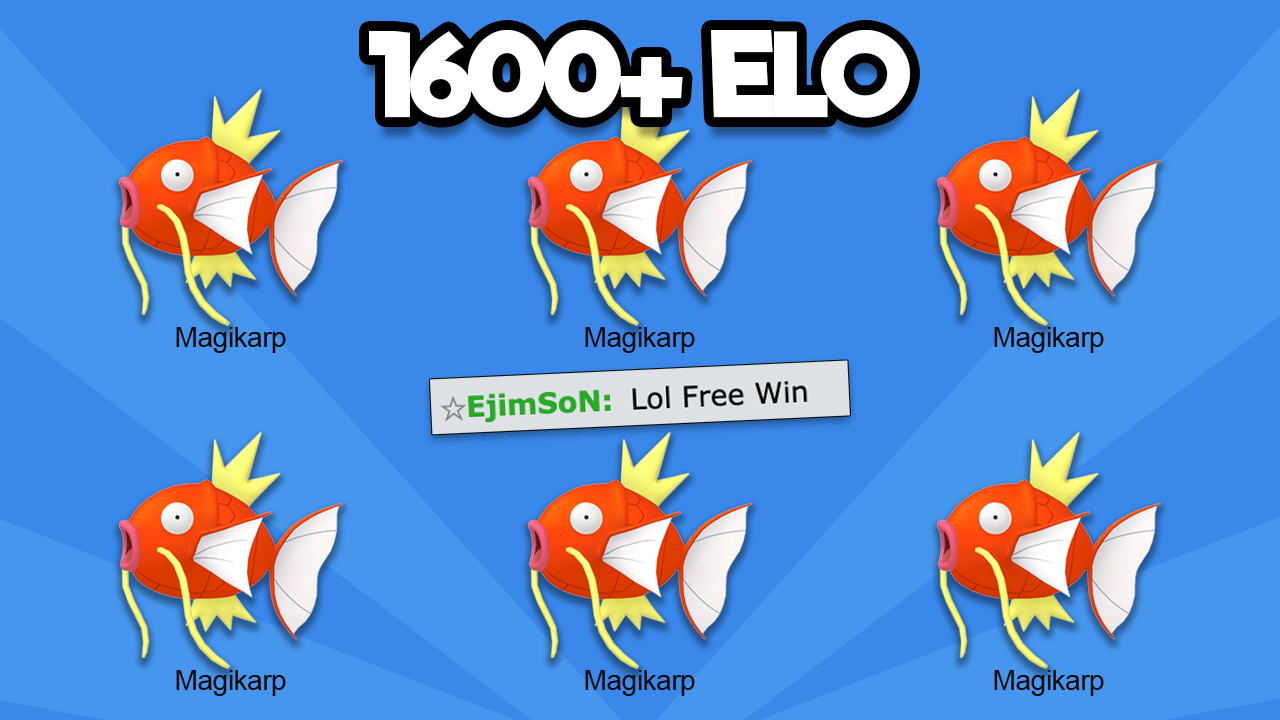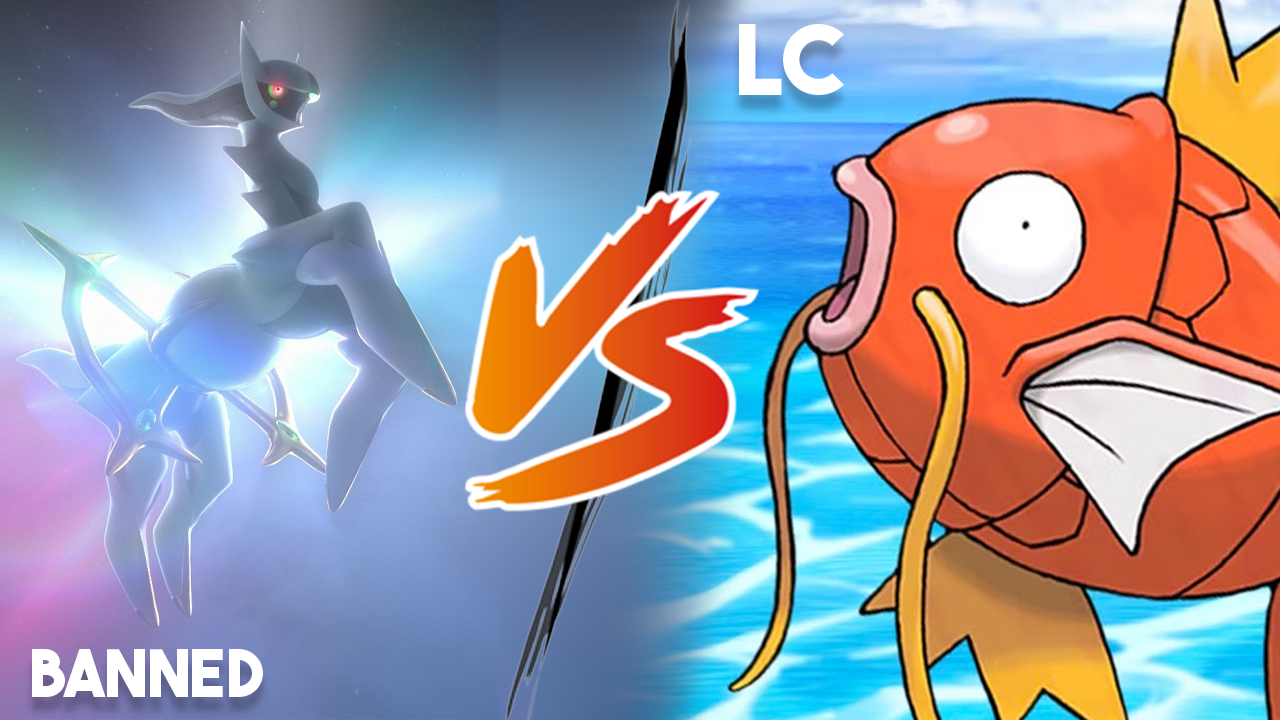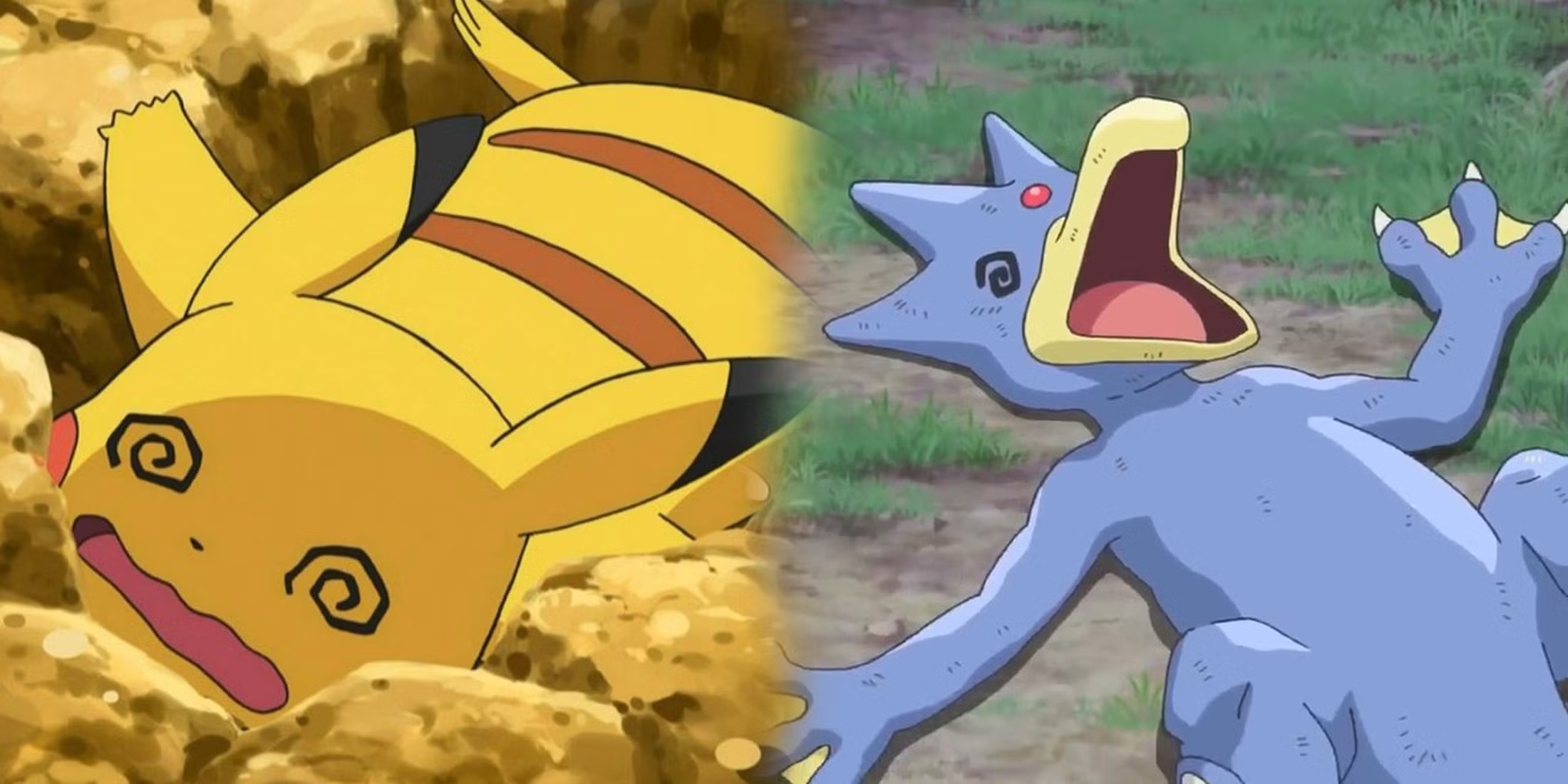Getting Started with Competitive Pokémon
A Beginner’s Guide to Pokemon Showdown, Tiers, and Building a Team That Doesn’t Suck

Welcome to the world of competitive Pokémon! Whether you’re brand new or just dipping your toes into team building and battling, this guide will help you get started without getting overwhelmed.
We’ll walk through the basics of Pokémon Showdown, how tiers work, and how to craft a team that actually stands a chance in battle.
Let’s jump in and make competitive fun and accessible!
Step 1: Play Pokémon Showdown (aka Skip the Grind)
Grinding for IVs? Spending 3 hours breeding the perfect Iron Valiant? Here's a thought..
Just go to Pokémon Showdown.
It’s a free battle simulator where you can build any team instantly. Want six Magikarps? You can do that. (Please don’t.)
Pokemon Showdown is where sweaty 1600+ ELO tryhards and meme teams coexist in glorious chaos. It’s also where Smogon sets the rules, formats, and bans commonly overpowered Pokemon.
Step 2: Pick Your Tier / Format
Tiers are how Smogon stops people from bringing a Rayquaza to a Wigglytuff fight.
- Ubers: Legends only. No bans, just violence. If it's too broken for OU, it probably lives here.
- OU (OverUsed): Standard. The McDonald’s of Pokémon tiers. Everyone plays it, and most Smogon sets are built around this format.
- UU (UnderUsed): A little more indie. Like playing guitar before it was cool. Solid meta with niche picks and fewer powerhouses.
- RU / NU / PU: The underground scene. Each tier steps down in usage, opening up creative options and making underrated mons shine.
- LC (Little Cup): Level 5 baby Pokémon. Don’t laugh — this format is fast-paced, unforgiving, and surprisingly competitive.
- Others: Includes formats like Monotype, 1v1, Balanced Hackmons, and CAP (Create-a-Pokémon). Each has its own wild rules and metas, perfect for anyone looking to break the mold.
Important: You can always bring a Pokémon from a lower tier into a higher-tier match — for example, using a UU Pokémon in OU or Ubers. But you can’t bring higher-tier Pokémon into lower formats. Kyogre might be legal in Ubers, but don’t try bringing it to UU unless you want to spend time making another team.
TL;DR: Start with OU unless you’re feeling spicy.
Step 3: Build a Team (That Doesn't Immediately Lose to Dragapult)
The best teams don’t start with six random Pokémon — they start with a core, a strategy, and a plan to cover each key role in a battle. Whether you’re building offense, balance, or stall, every good team has a job for each pokemon.
Start by picking a core of two or three Pokémon that work well together (like a physical wall and a special wall, or a breaker + a speed control pokemon). Then build the rest of your team to support that idea, patch weaknesses, and round out the roles.
Here’s a simple beginner-friendly team skeleton:
- Hazards guy: Stealth Rock GO BRRRR (e.g. Ting-Lu, Great Tusk)
- Big damage unit: Break through walls (e.g. Kyurem, Iron Valiant)
- Defensive wall: Soak hits and stall threats (e.g. Corviknight, Clodsire)
- Fast pokemon / revenge killer: Speed kills (e.g. Dragapult, Meowscarada)
- Support / utility: Clear hazards, spread status, or pivot (e.g. Great Tusk, Glimmora)
- Late-game sweeper: Win button once checks are gone (e.g. Roaring Moon, Volcarona)
Don’t be afraid to experiment — that’s how you learn what clicks. Some strategies work better than others, but the best way to improve is to try things, lose fast, and adjust smart.
Want to understand how each Pokémon fits into a team?
Check out:
Use Poképaste to build and share your team, then put it to the test. For deeper analysis and tools to fine-tune your builds, check out Pokestrat.
Step 4: Battle. Lose. Cope. Improve.
Your first 10 games will be:
- Misclicks.
- Getting swept by some pokemon you forgot existed.
- Questioning your life choices.
That’s fine. Every loss is just data (and maybe a bruise to your ego). Watch replays, tweak your sets, and learn the sacred art of predicting the switch.
Pro Tips Before You Rage Quit
- Save Your Replays – Rewatch your games to spot misplays or moments you could’ve pivoted better.
- Watch Good Players – YouTube channels like Blunder, Joey, and Freezai break down plays in real-time.
- Learn from Losses – Don’t tilt. Ask: Why did I lose? What could I have brought instead?
- Build with Intention – Every mon should have a role. No filler, no favorites (unless they’re viable).
- Join the Pokestrat Discord – Ask for help, share teams, get feedback, and improve faster with players who actually care.
Learning competitive Pokémon is about pattern recognition and experience, the more you play and reflect, the more consistent you get. It’s not just about winning, it’s about knowing why you won.
Ready to Hit the Ladder?
Now that you’ve got the basics down, it’s time to test your skills where it counts, on the Pokémon Showdown ladder. Wins and losses will come, but every game is a chance to learn, improve, and refine your team.
Don’t worry about hitting top ranks right away. Focus on playing smart, building solid cores, and understanding what works. You’ll be climbing before you know it.

“Elevate Your Game”
Pokémon characters and names are copyright © The Pokémon Company and Nintendo.




